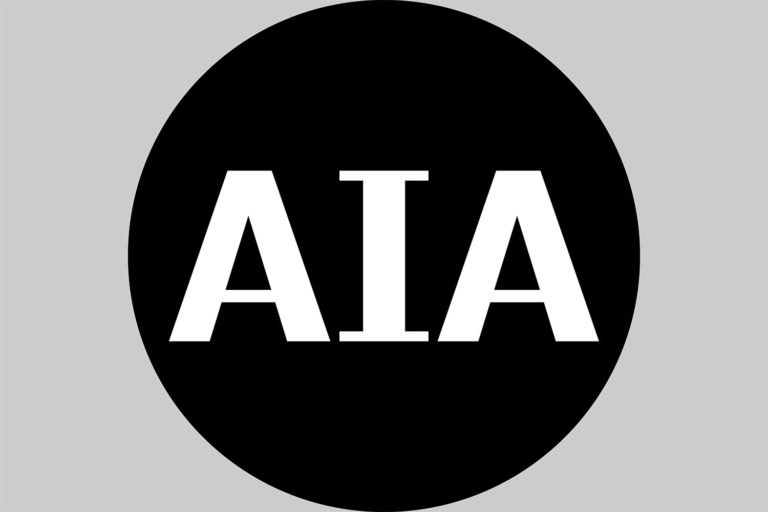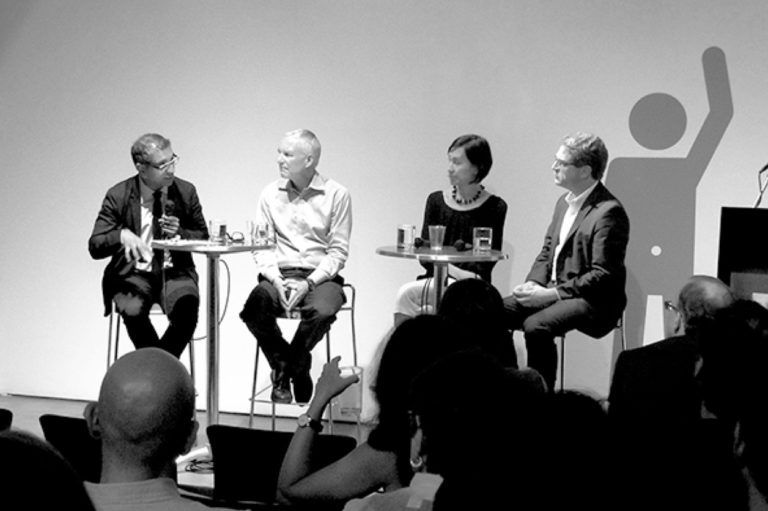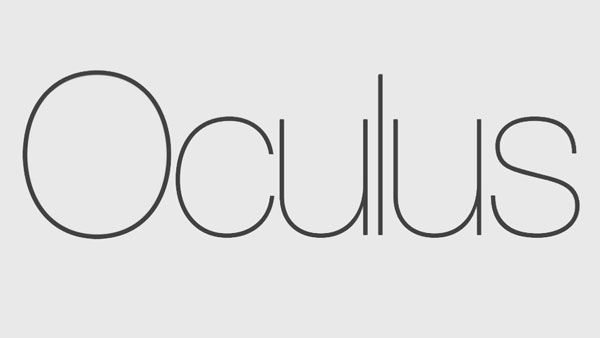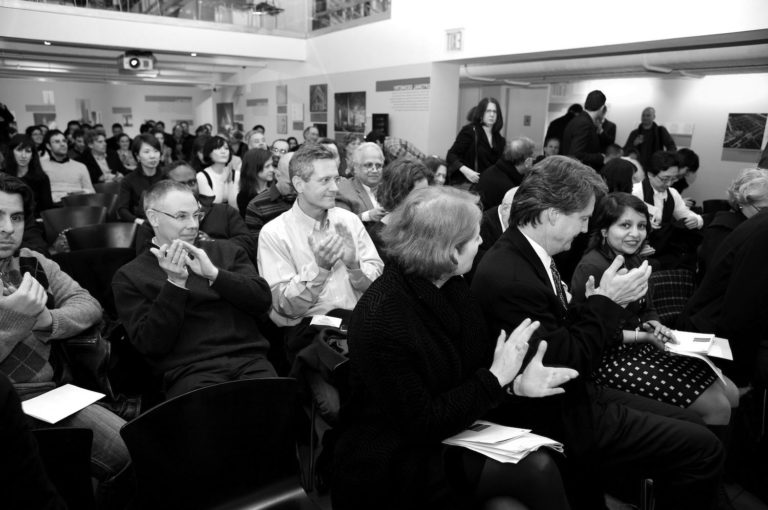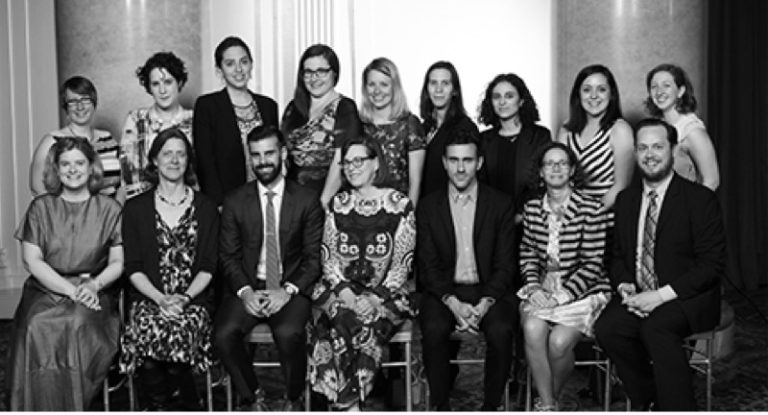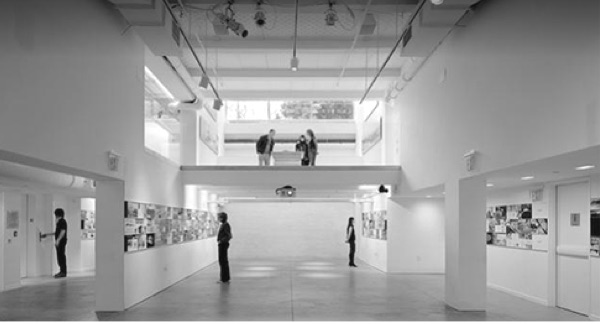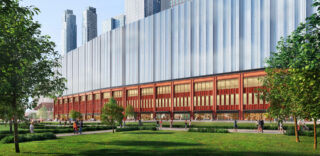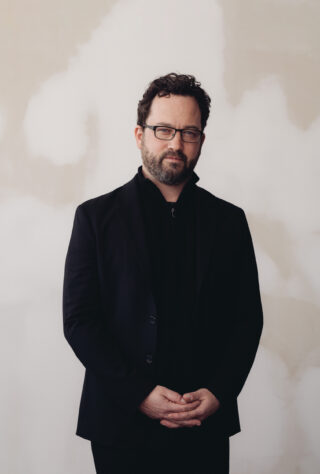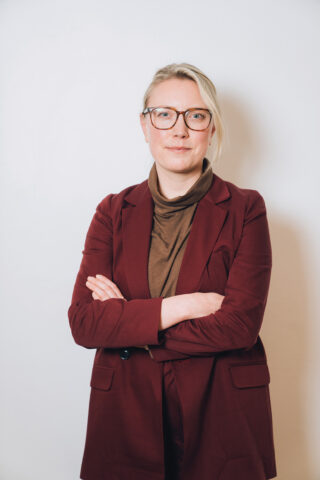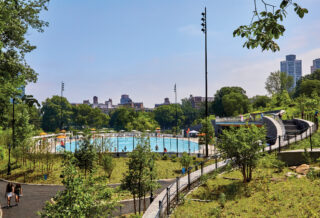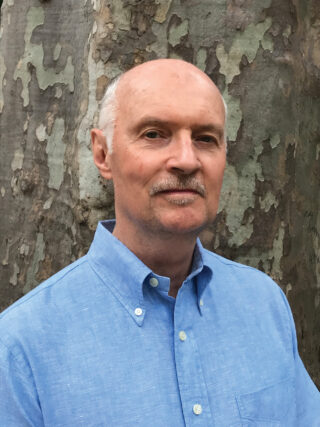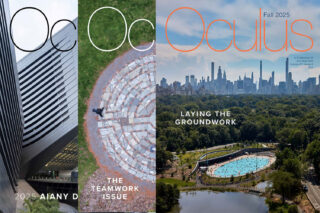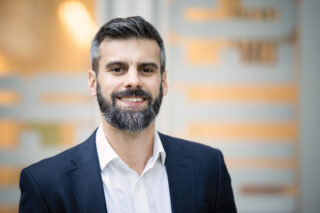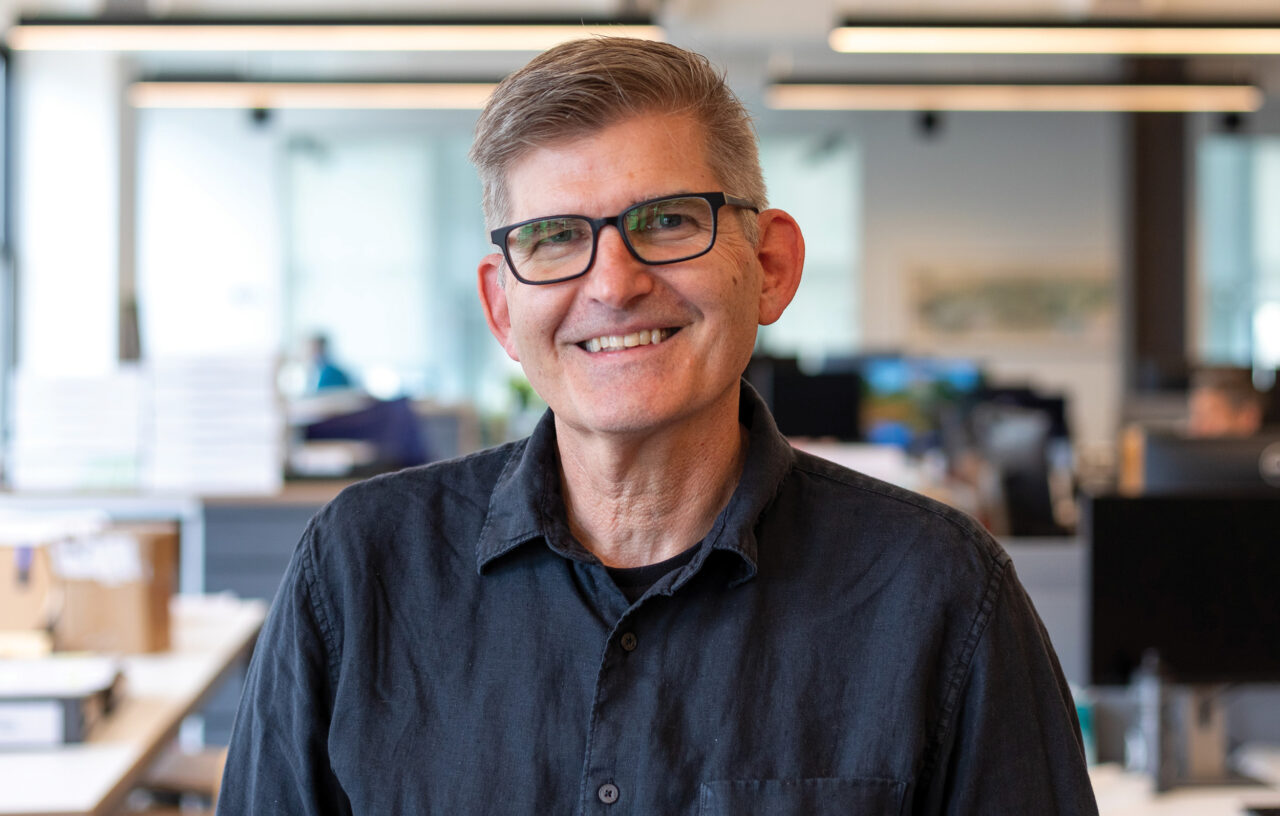
When we think of essential workers, images of police officers, firefighters, nurses, and doctors come to mind. We don’t often think about others who are essential to making urban life possible, such as sanitation workers. These public servants keep our city livable, collecting our trash, clear-ing snow from our streets, and answering the call in a crisis. Yet, all too often, they must work in aging, run-down facilities. As development encroaches on the areas where these buildings are located, our city’s crumbling infrastructure and the subpar working conditions of our essential workers become highly visible. We know the built environment holds immense power to uplift, inspire, and connect individuals and communities. Excellence in design is not a privilege for a few signature buildings, but a responsibility that architects must embrace for the public infrastructure and essential workers who support our cities. It is our responsibility to create facilities that are transformative to worker dignity, represent the aspirations of communities, and become a catalyst for placemaking.
For too long, our public infrastructure buildings were designed and built at the lowest cost possible. These utilitarian containers offered little to the surround-ing neighborhoods or the staff working there. They often fell into disrepair when municipal budgets couldn’t support their upkeep. The deterioration of our public infrastructure has a deleterious effect on the community and the mental and physical well-being of essential workers. Conversely, evidence shows that design excellence—thoughtful attention to the surrounding context, worker environment, daylight, space, acoustics, and materials designed within available resources—has a profound effect on the neighborhood and the physical and mental health of essential workers.
I became acutely aware of this situation while working with the Sanitation Department of the City of New York (DSNY), supporting its efforts to rehabilitate its crumbling portfolio of buildings and leading the design of new DSNY garages. The department’s buildings are, by necessity, big and robust, but also take a beating from daily operations. For new facilities, DSNY’s motto is simple: “We want to be the best building in the neighborhood.” The department values design excellence and works with architecture firms that share its goals and respect its operations. Its projects confront well-organized NIMBYism, but DSNY’s willingness to listen to the community and reimagine what a sanitation garage could be improves the work-ing environment and transforms public opinion from NIMBY to YIMBY.
For the Manhattan 1/2/5 Garage in Lower Manhattan, Dattner Architects led a design team that included WXY. We designed a facility that set a new standard for design excellence in public infrastructure. We internalized operations and wrapped the building with a high-performance façade. Glazed curtain walls connect workspaces to views of the Hudson and allow the community to see in, demystifying operations. Thoughtful organization of personnel spaces with distinctive colors fosters camaraderie and connection. Materials are durable but not institutional, and the vibrant color palette makes spaces joyful and safer, contributing to resilience.
Public architecture is an expression of values. When we invest in design excellence for our essential workers, we affirm the worth of their labor and their personhood. A thoughtfully designed workspace says, “You matter. Your work is indispensable. Your well-being is a priority.” This affirmation is not abstract. When essential workers feel respected and comfortable, retention rates rise, and team cohesion improves. Dattner Architects’s soon-to-be-completed DSNY Brooklyn 3 Garage brings these lessons learned from Lower Manhattan to Bedford-Stuyvesant, Brooklyn. Brooklyn 3 is on the dividing line between residential and manufacturing zones. Daily operations were moved to the industrial side, minimizing impact on adjacent residences. Ample glazing floods workspaces and the garage with natural light, opening the interior to the community and enlivening the street. Internalizing operations and incorporating cost-effective sustainable strategies reduce the building’s impact on the community and environment.
Why, then, do so many public infra-structure workspaces remain uninspired? The answer lies partly in budgets, inertia, and the undervaluation of both design and essential work. Cost-effective design excellence is not an oxymoron. Simple design moves that prioritize the worker and the community are achievable within available resources. Manhattan 1/2/5 and Brooklyn 3 are proof. What is needed is commitment from the design community and a shift in perspective, a recognition that the people who make our cities liv-able matter.
As we navigate from one crisis to the next, we must reckon with who and what we value most. It is time for a new social contract—one that includes design excellence for public infrastructure. We must demand spaces that reflect the dignity, creativity, and resilience of essential workers, while also extending these benefits to the communities they serve. In doing so, we build possibilities for a better future.
